| Amid all the current horror and gloom of the news, a natural reaction is wanting to escape - to withdraw to some safe haven. A garden perhaps. After all, both the words garden and the Latin term hortus have at their root something meaning an "enclosed piece of ground" - somewhere protected, by a fence or such like. I thought of this linguistic origin when I came across the Nomadic Community Gardens near London's Brick Lane last week. By definition - see above - it is a garden. But not your average type! As so often when I go to Brick Lane, I found myself distracted and led astray by the ever-changing kaleidoscope of street art. Eventually it brought me to a plot of land, sandwiched between a railway line and the Overground, and enclosed by fences that didn't exactly look inviting. |
There were vans, lots of structures made from assorted bits of wood and at first sight it very much looked like a place where homeless people had congregated and set up camp together. Whilst still standing there, unsure whether to progress or not, two men drilling wood and feeding a fire in an old drum invited me in. So I entered and then realised I'd stumbled upon something special. The "nomadic" in the name did not, as I had mistakenly thought, refer to people but to the transient nature of the garden itself.
And that's what they did. They secured permission from the landowners and started building raised beds. Not just any raised beds: they are on wooden palettes. That makes them mobile. If the land is to be developed at a later stage - and prime urban spaces usually are - these raised beds can be transported to another neglected site. It's a similar concept to Global Generation's Skip Garden, but more "vagabond" (in a good sense) from the outset. As they state: "The idea is to move with the changing face of the city and create gardens in spaces in the 'meantime' before something happens to them".
People got aboard. The roughly 100 small plots were quickly adopted by locals, many of whom are from the Bangladeshi community. (Incidentally, there is an established community garden and a club, focused on Bengali women, just the other side of the Overground rails at Spitalfields City Farm. It is called the Coriander Club and has received much attention - e.g. in this post on the wonderful blog Spitalfields Life - but I am told they have nothing to do with each other. Not yet, perhaps :-)
Back to Nomadic Community Gardens. Now, in mid-November, little was growing in the open beds and mid-day, mid-week there were few people. But you could still make out what it might have looked like in summer and there is still a lot going on now. For while the veg and flower plots give the garden its name, it is as much a social space where people come to sit around a bonfire at night, maybe listen to someone making music, meet up or just hang out. The place is open into the night, I'm told.
There is a big boat to play in for children and some donated toys, and a sculptor once made a huge stag from waste wood which now stands proudly near the entrance, the garden's very own landmark. And of course there is the street art: on request anyone can spray-paint murals big and small, so there is a constantly changing outdoor gallery. They even hosted Street Art Festival Meeting of Styles this year.
Over a delicious leek soup with a lemony twist I was told that Nomadic Community Gardens even made the local police happy: whilst prior to the creation of the garden this plot and surrounding alleyways were a no-go area for most people, now the police only have to amble past on their normal patrol routine. This seems to be a common experience with community gardens which truly manage to get the community involved. It also was a stated aim of this one , as their page on crowdfunding website Spacehive stated:
| "We have seen how people are atomised, interacting more with their TV's than they do [with] their neighbours and this leads to feelings of fear and anxiety. [...] What matters most is quality of life and part of the frustration, alienation and powerlessness so commonly felt, especially in cities, can be attributed to our relationships; relationships to our environment and each other. A community garden is just the sort of place where these symptoms of the current, modern human condition are alleviated if not reversed. [...] We hope growing a vegetable will be a catalyst for the systemic change humanity so clearly needs." |
To return to the start of my post: I know there will always be sick and twisted people out there and community gardens can't prevent all horrors. But it is heartening to come across an initiative like this, a welcome (if small) positive antidote so to speak, and somehow I feel there should be more of them - in London, Paris and around the world.
Here are some more pictures, the horizontal ones can be clicked to enlarge:

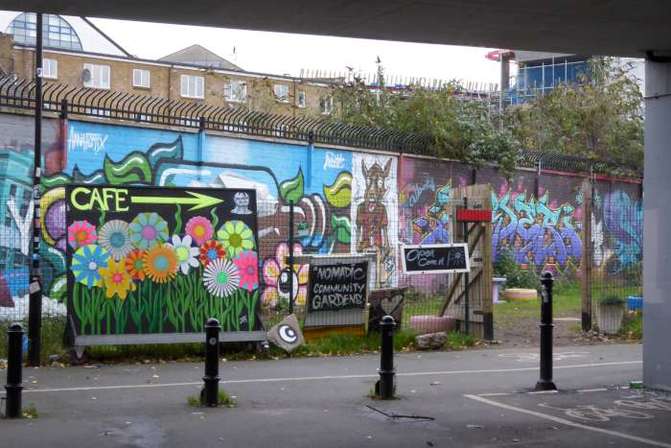

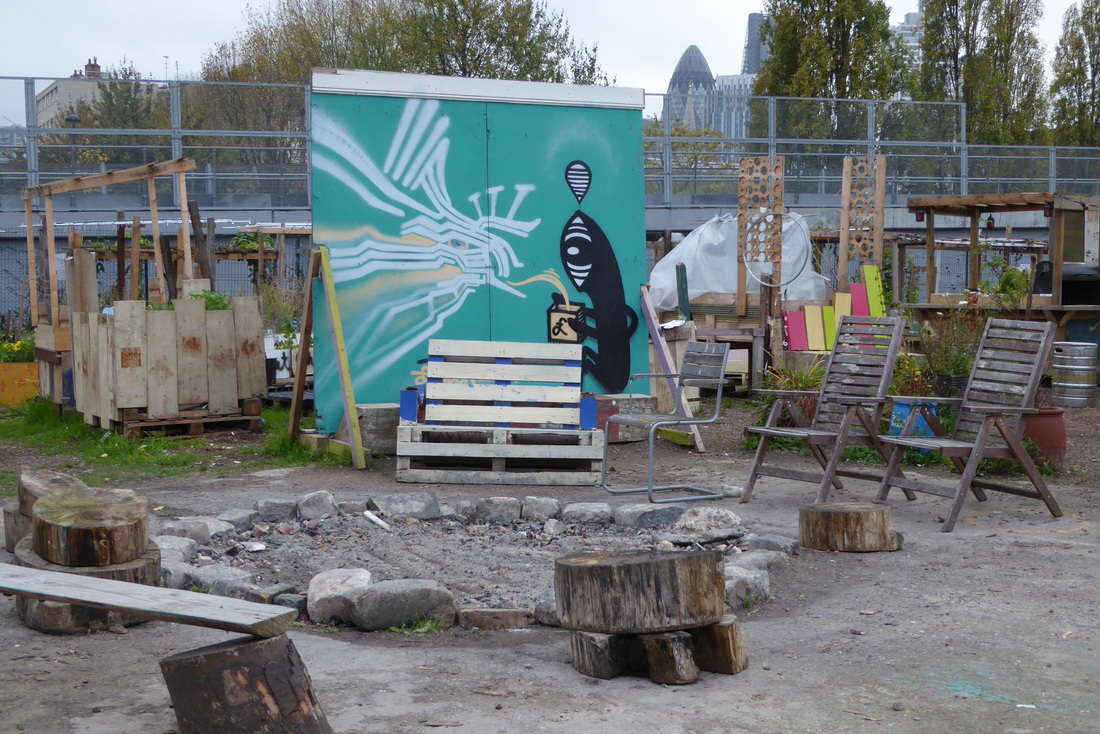



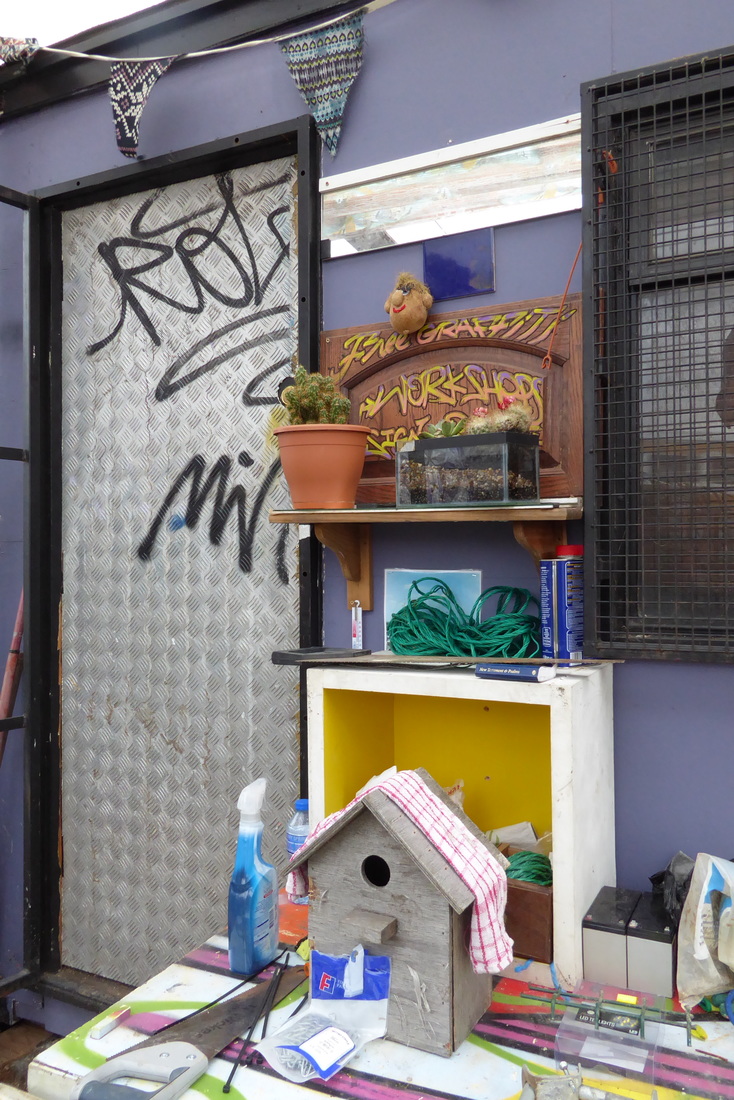
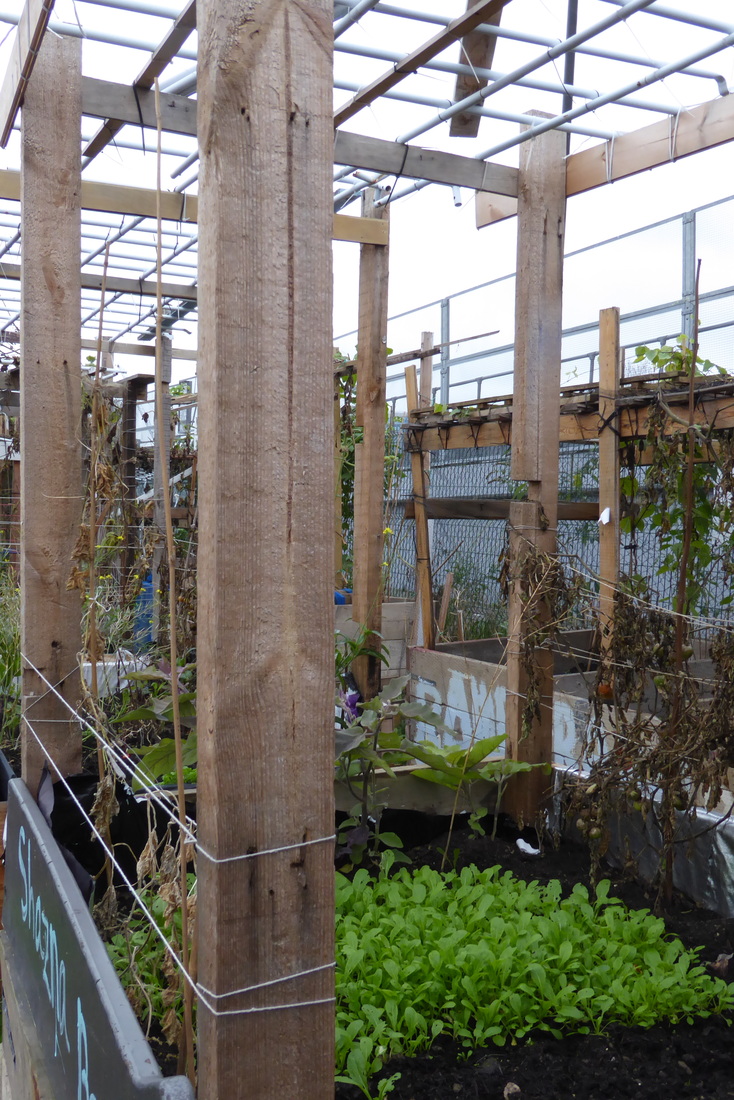
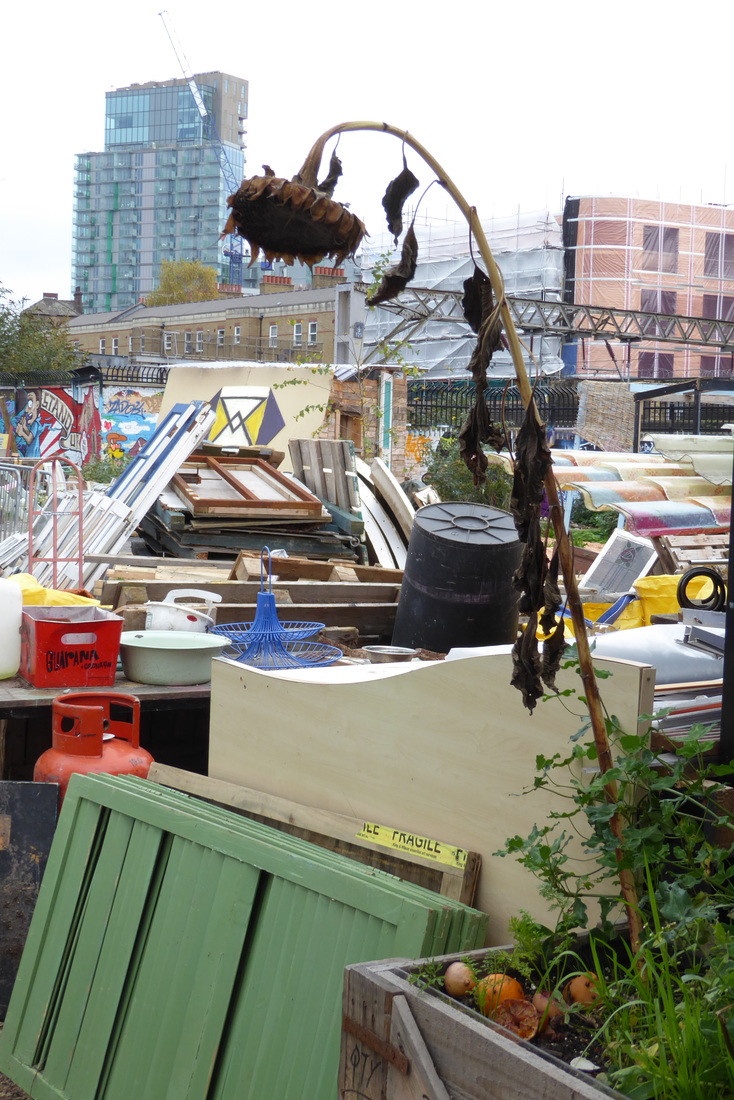
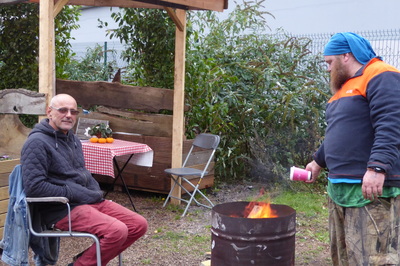
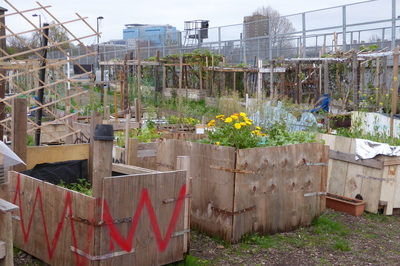
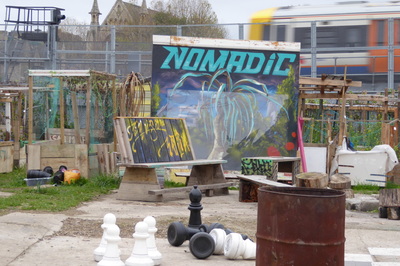
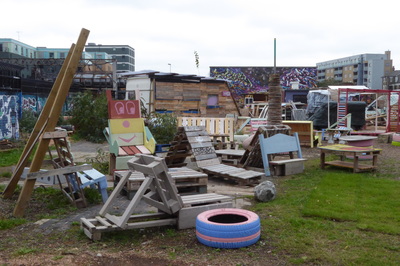

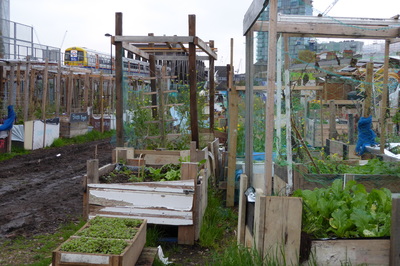
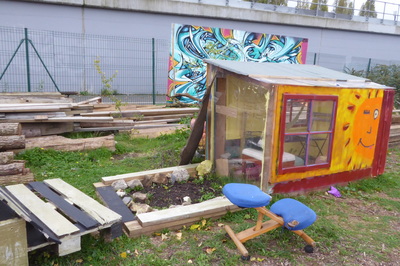
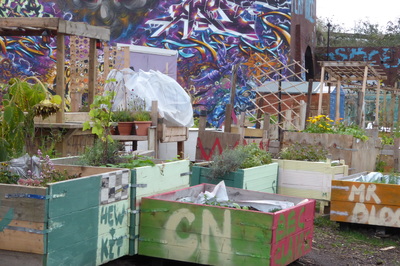

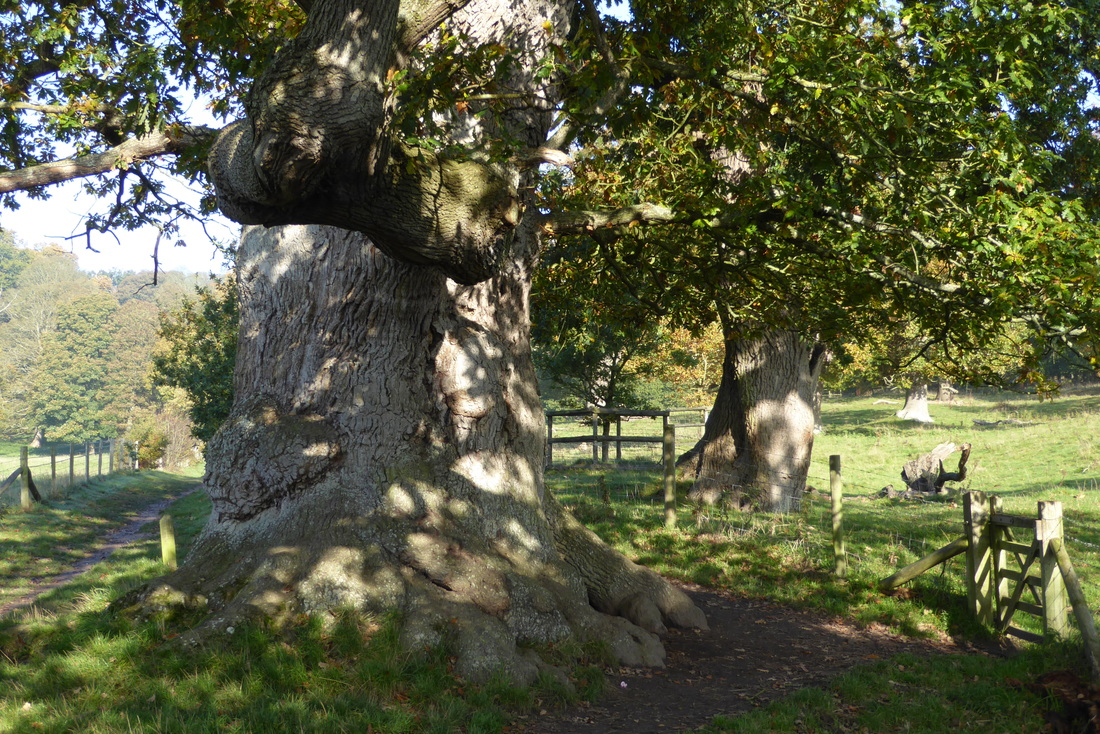

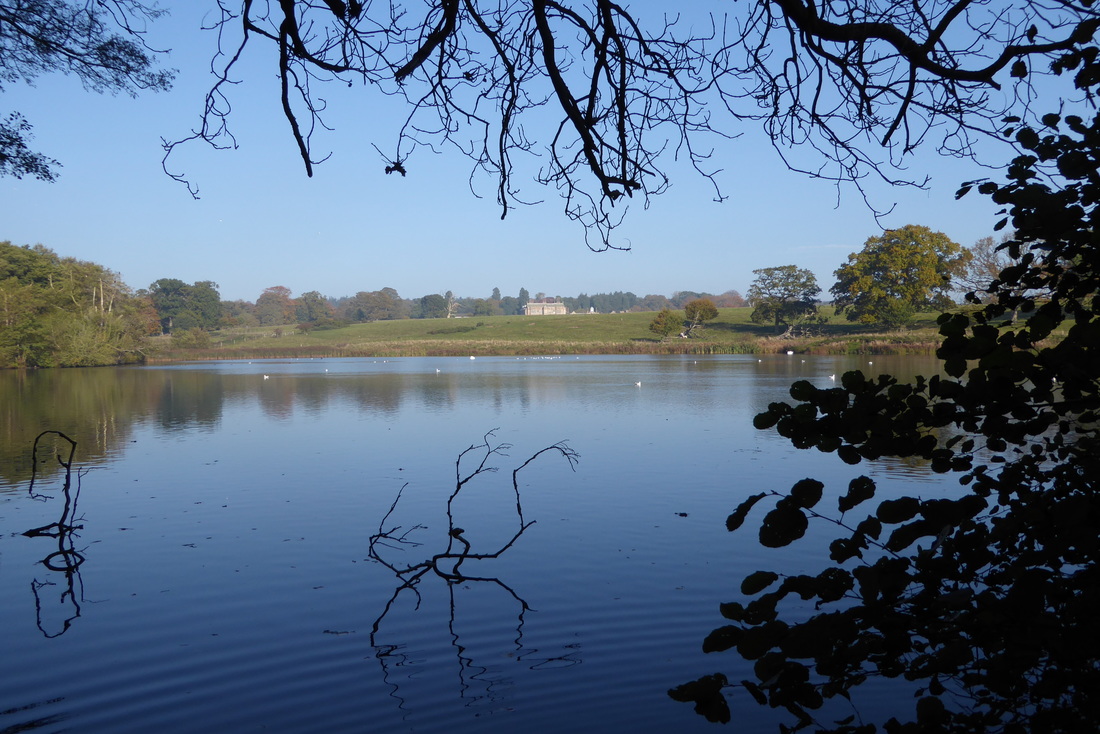
 RSS Feed
RSS Feed